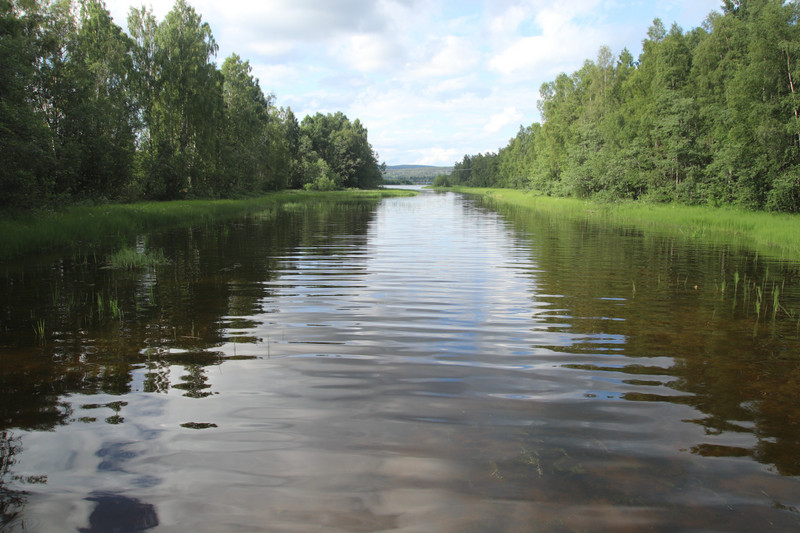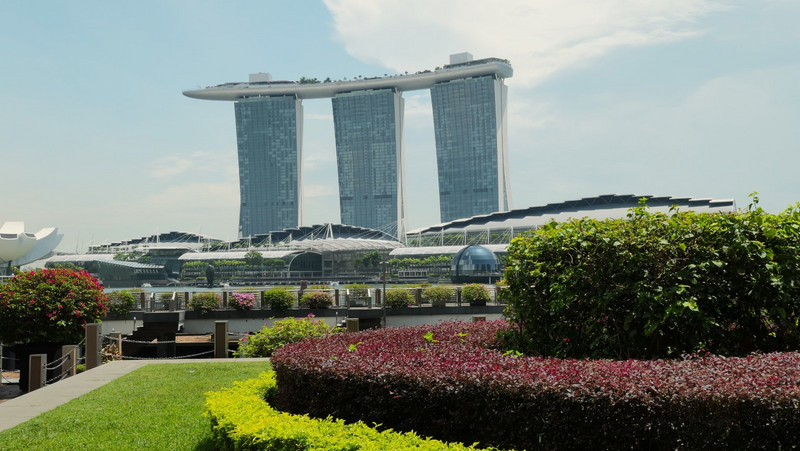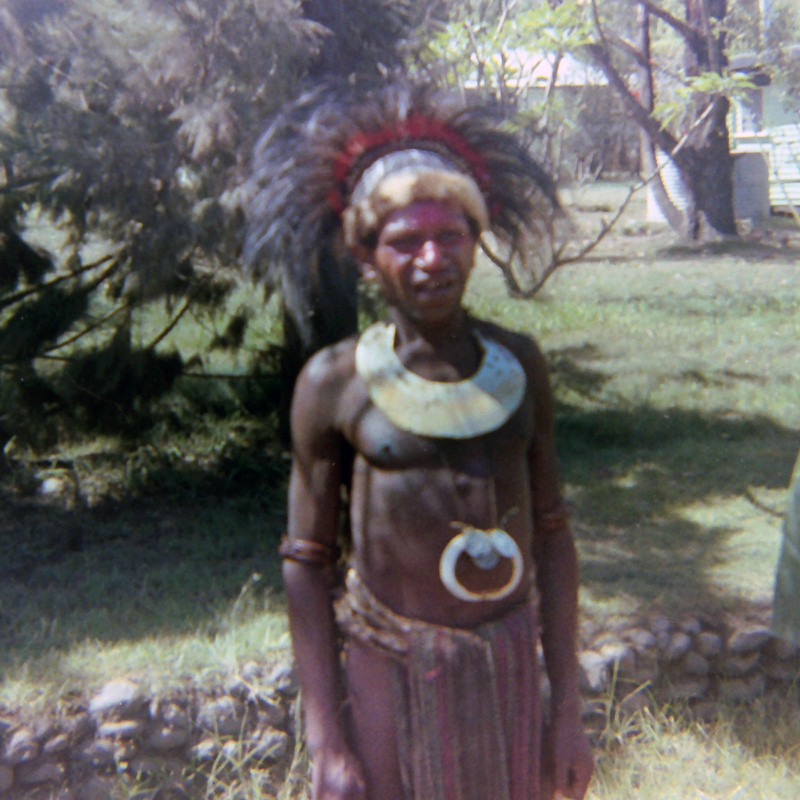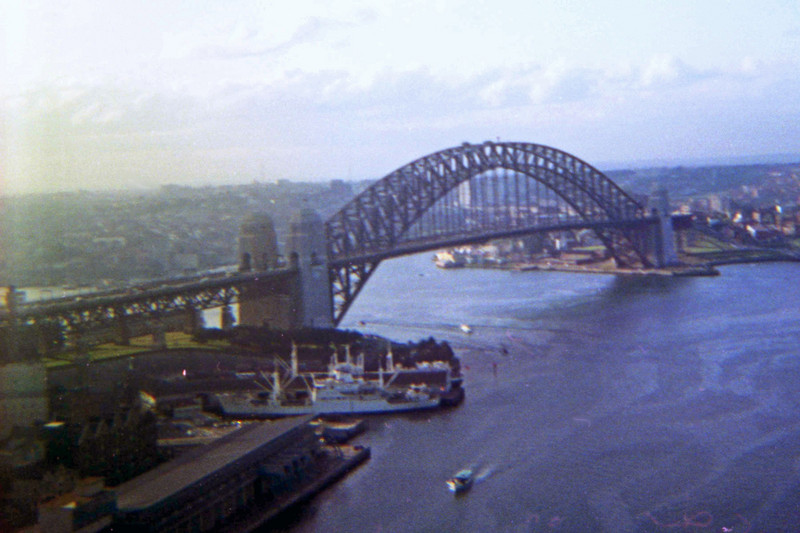In late 18th century a flood wave flushed out large amounts of sand and debris towards the coast. The sand was deposited in the mouth of the river creating the largest river delta in Sweden.
An igloo in summer, a battle site in a country that has had peace for more than 200 years and a nature reserve to preserve the aftermath of a nature disaster
We decided to stay in Sweden during our vacation this summer. We did the same last year and then we mainly travelled in mid Sweden. This year the plan was to go further north than that because, as we will show in this and blog entries, there is plenty to see there as well.
Going from Stockholm to north Sweden by car is a fairly long journey. Its longer than we really want to push ourselves to travel in one go. Fortunately we had some things we wanted to see along the way so we could make stops to break the journey. The first stop was at a place we actually passed last summer without even knowing that it was there.
Indalslven River we mentioned in a blog entry last year. There we wrote about how Magnus Huss in late 18th century created Dda Fallet, the Dead Waterfall, by digging a canal through a natural dam and
thus bypassing a great waterfall. This resulted in a massive flood wave flowing downstream along the Indalslven River. This flood wave flushed out large amounts of sand and debris towards the coast. The sand was deposited in the mouth of the river creating the largest river delta in Sweden.
Today this river delta is an easily accessible nature reserve. When we went there we thought that we wouldnt be able to see that it actually is a river delta. But when you know what it is you can see it easily enough.
Hga Kusten Bridge is one of the longest suspension bridges in the world. Its on the main route along the east coast so natural to pass it when going north. Since the bridge is quite impressive we had to make a quick stop even though we saw it last year.
This place we stumbled upon by coincidence. It is a reststop along the road where we pulled in to eat our lunch. When we stopped we noticed a monument marking the place
where a battle in the Finnish War took place in 1809. This monument would not have made it into this blog entry had it not been for the fact that it was right at the end of that war and the fact that Sweden has not been in war since then. That actually makes Sweden the country in the world that has had peace the longest, well over 200 years by now. So the monument marks the place where one of the last battles on Swedish soil took place.
A lake, outside the town Pite, where we camped one night. We camped in many different places on this vacation. We wont mention them all, only the ones where we have taken photos that deserve to be added to the blog.
Gammelstaden, or Old Town, is a church town just outside Lule. In northern Sweden the church towns were located close to the local church and were only used one night, or at the most two, per week. The villages in the region were small and far between each other. The population in each village was not large enough for them
A monument marking the place of a battle in the Finnish War in 1809. It ws one of the last battles ever on Swedish soil.
to have their own church. Instead they had to travel to the nearest town to visit the church service. Since distances were large and the roads were in poor condition it took many hours to travel to and from the church. It took so much time that it was impractical to go to the church, visit the ceremonies and go home in one day. Instead the churchgoers left their homes already on Saturday, went to town and stayed the night in a small house near the church.
At one time there were a total of 71 church towns in Sweden. Of the ones that remain today, Gammelstad is the largest and best preserved. The value of Gammelstad Church Town was in 1996 recognised by UNESCO who then decided to add it to the World Heritage List.









